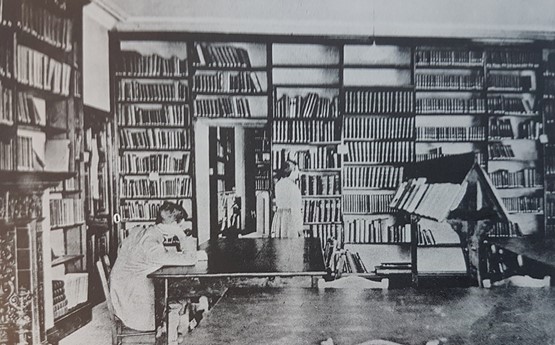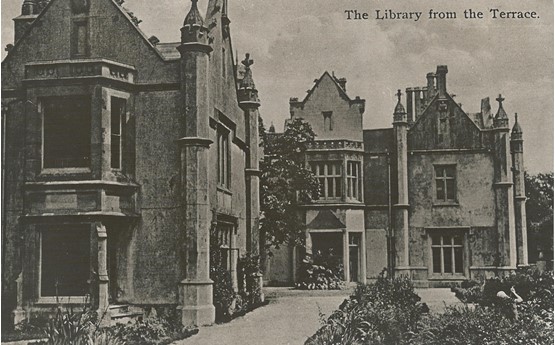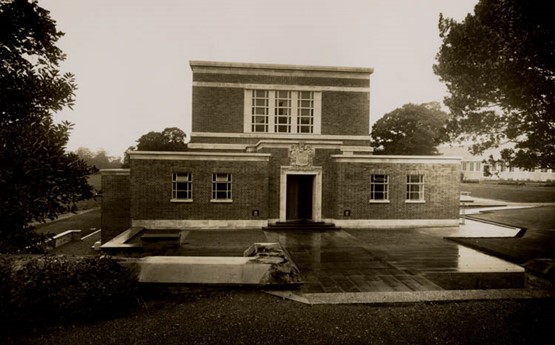By the early 1930s, the size of the University College of Swansea had increased significantly and student numbers had continued to rise. One immediate result of this was the need for much more library space. The Library in the Abbey was simply not large enough to accommodate all the books that staff and students needed for their courses. A competition was held in 1934 to find an architect to design a new library building.
The winner was Verner O. Rees, a London architect with Welsh heritage. The Library opened in the autumn of 1937 and was known as the ‘New Library’, and has later become known as the ‘1937’ or ‘Law’ Library. Miss Olive Busby, who had been the University’s librarian since 1920, moved to this new building and was famous for patrolling it for the next twenty years, ensuring everyone was being quiet!
Image of Verner Owen Rees (1886-1966), architect of the 1937 library, c.1930s
The ‘new’ library building is interesting in many other ways. It was designed and built in the middle of the 1930s, which was not an easy period for the British economy, particularly in south Wales. Bold examples of urban architecture were a feature of the 1930s and building programmes provided people with work as well as examples of civic optimism during difficult times. It is possible to look at the Library through this lens. The building is made from red bricks that were typically used in this period. It is considered that the library was designed in a style similar to some Oxbridge buildings, with large windows to let in the maximum amount of natural light. When it first opened, the building had a large open central space, with a balcony that ran around the interior of the building. Notably, the College’s small foundation stone, which had been put into storage after King George V laid it in 1920, was placed into the bricks of this new library. It is still there, although it is difficult to spot because it is tucked away around the side of the building. The building is now part of a much larger library, the first phase of which was built in 1964.
The material is courtesy of the Richard Burton Archives, Swansea University.





